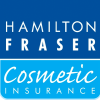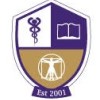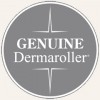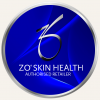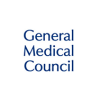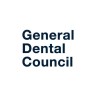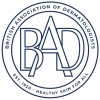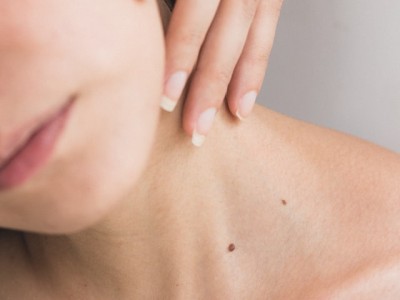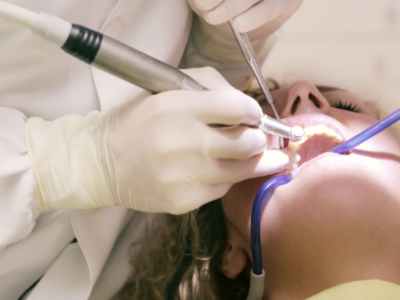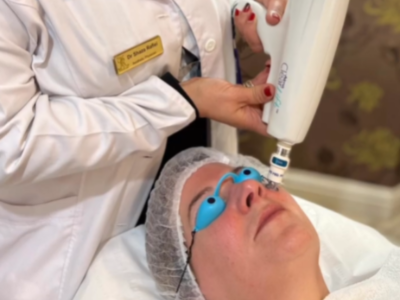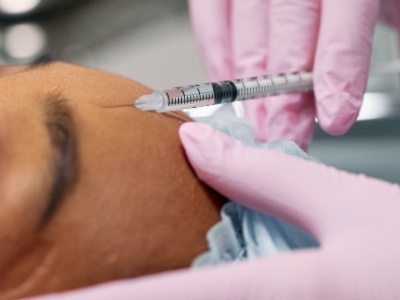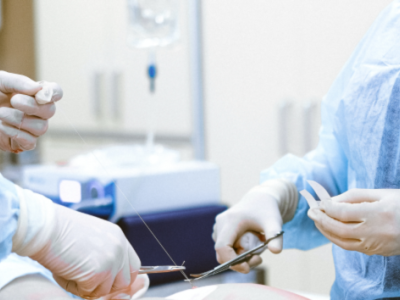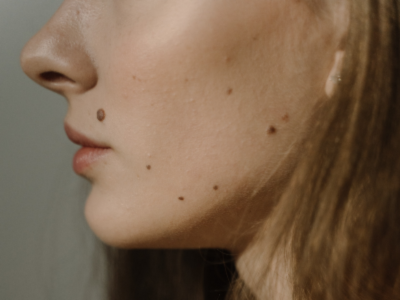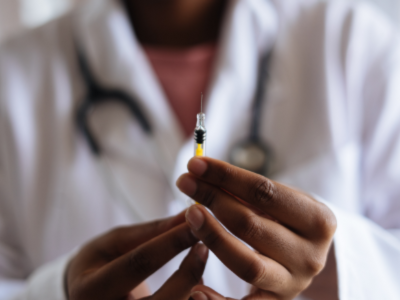Mole Removal & Skin Lesion Removal in Southend-on-Sea & Rayleigh, Essex at JR Medical
Please do not take skin lesions lightly!
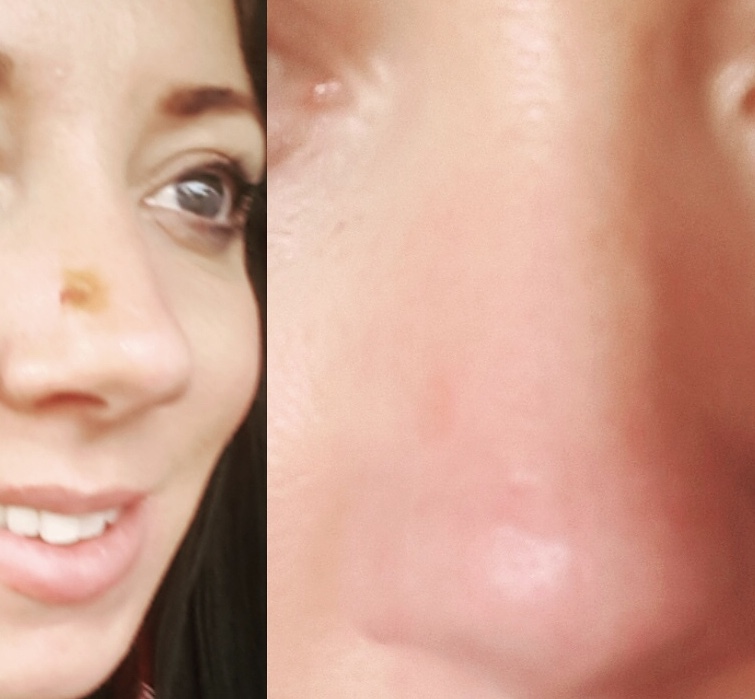
Skin lesions can be tricky to diagnose. Some are tigers, dressed as a cat, whilst others can be cats looking like tigers! Therefore, it is wise not to take them lightly.
If you have plenty of moles or skin lesions, then you need to check them all. If there is a history of skin cancers or melanoma, then you need to inform both your GP and us at the time of consultation.
When should you get a mole checked?
The vast majority of moles are not dangerous. However, it's important to check your moles regularly for any changes and you should always get a mole checked out by a dermatologist if it:
- Changes in shape
- Changes in colour
- Begins itching, crusting, flaking or bleeding
- Becomes larger
- Becomes raised from the skin
What types of mole removal treatment and skin lesion treatments are available?
Depending on the nature and location of your skin lesion, our recommended method of treatment varies.
If the lesion is benign, like seborrhoeic keratosis, or is a benign pigmented lesion, a xanthelasma or even a simple skin tag, we can then treat them by laser or sometimes hyfrecator. If we are suspicious about any skin lesion, then we suggest either excision by dermatologist surgeon and pathology sample or we advise on NHS red-flagging through your own GP.
Some lesions like the picture attached are on the nose or areas which cosmetically are hard to treat with minimum chance of scaring. This is the exact area which an expert laser doctor is necessary to treat with minimum chance of scaring.
Therefore, the nature of skin lesions makes it unlikely to comment on the method of treatment or costing involved before the assessment of a lesion. To overcome the confusion, we normally suggest that you call our reception and book an initial consultation with us that we can examine and assess your lesion where necessary with a dermoscope which is a skin microscope. The service of consultation and assessment by dermoscope is charged at £75 normally. We can then suggest if you would need a second opinion from our dermatologist or we can proceed with a suitable method.
How does laser mole removal work?
Laser mole removal is a quick and simple procedure that involves using the laser blade as a very fine and precise cutter which at the same time cauterises the base of the lesion to prevent any bleeding. This results in minimum scarring.
How many laser treatments are required?
Most ageing spots, sunspots and flat moles, as well as seborrheic keratosis, can be removed with a single treatment or in the second treatment. Repeated treatments may be required for certain birthmarks and moles (nevi) due to the depth of pigment. Most patients would have complete removal with only one session.
What happens after laser mole treatment?
Immediately after treatment, the area usually turns darker and forms a scab. A scab is a protective mechanism for the wound which protects it from infection whilst letting it be aerated. The scab will come off normally in 7-14 days and the mole seems to have "fallen off" after that. Makeup to the rest of the face can be worn from the next day and sunscreen is recommended for six weeks following treatment after the fall off the scab. No makeup on lesion until the scab comes off and no water should touch the skin for 24 hours.
Is laser mole removal safe?
CO2 lasers are a safe, non-surgical method of removing moles and other skin lesions. Laser removal has been performed successfully for years and the risk of scarring is typically less than 1%.
Are there treatment alternatives to laser mole removal?
Yes, such as liquid nitrogen to freeze the mole, cautery to burn the mole, surgical mole removal, or mole shaving, but none are as effective and the risk of scarring with other treatments is greater. In addition, it may not be feasible to diffuse extensive lesions (e.g. nevi and birthmarks).
Cryotherapy is often used to treat skin lesions such as warts and skin tags, and sometimes other conditions such as seborrheic keratosis and actinic keratosis, which is sun-damaged skin. Cryotherapy for skin lesions can also be used to treat acne, scars and small benign growths.
Protect Your Skin
Remember, hyperpigmentation can occur due to sun damage, genetics, hormonal imbalances, pregnancies or medications. Melanocytes (pigment cells) can become overstimulated and thus pigmentation increases.
To protect your skin and moles from UV damage, try to stay in the shade between 11 am and 3 pm, keep your face and skin covered and make sure that you regularly apply a high-factor sunscreen.
Although we do our best to avoid any scarring, with every skin lesion treatment, there is a small risk of hypopigmentation, hyperpigmentation or keloid scarring.
JR Medical is a clinic based in Southend-on-Sea, providing skin tag and mole removal in Essex with over 25 years of professional experience in the cosmetic industry. All skin lesion and mole removal treatments are administered by an experienced professional and include a free follow-up consultation to review your treatment as part of our ethically responsible service.
Call JR Medical now on 01702 314497
All of our services cover the whole of Southend-on-Sea including Westcliff-on-sea, Leigh-on-Sea, Rochford, Hadleigh and Benfleet. We also cover a wider area of Essex, including Rayleigh, Basildon, Grays and Thurrock.

